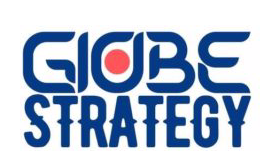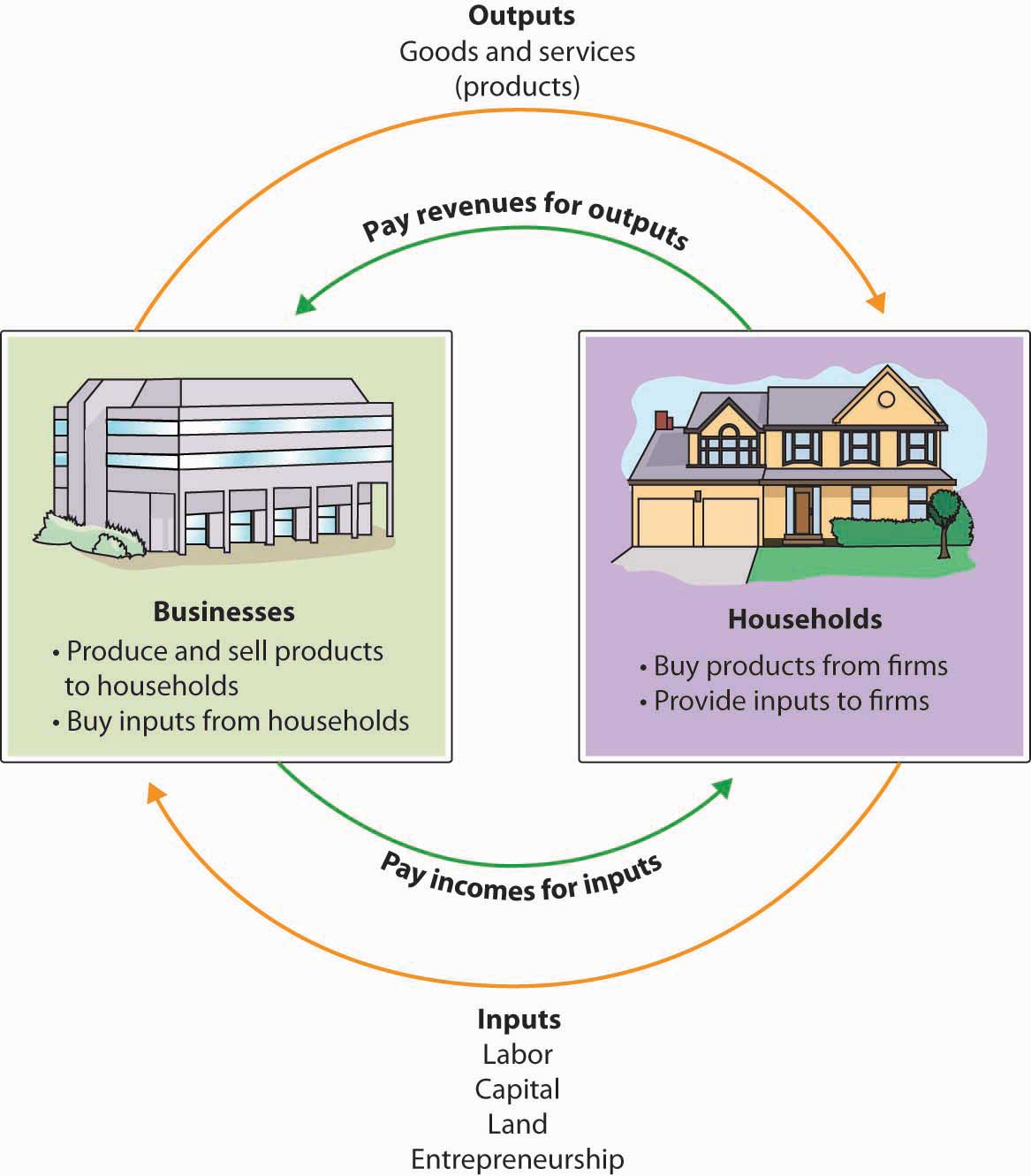Last week, global media was fixated on a brief speech by the absolute ruler of the Sultanate of Oman, in which he acknowledged his illness and inability to attend the national day celebrations in the country. For a low-key player within the international system, this speech was subject to extraordinary attention, particularly as the US and Iran were planning to negotiate mutual
engagement terms in its capital city, Muscat. Oman was a key player in bringing both states together.
The Sultanate of Oman is considered to be one of the most stable states in the Persian Gulf and has a key role in stabilising the straits of Hormuz along with Iran. An absolute monarchy, it has emerged resilient from the Arab spring of 2011. Oman has had its share of protests and rebellion starting with the Dhofar rebellion in the 1970s to the more recent outbreaks in 2011 and 2012. The former started as the rebuilding to the previous Sultan . The latter revolved around corruption by the political and economic elite actors in the country, as well as a call for political and constitutional reforms to the absolute monarchy. As expected, an iron fist approach by the regime, crushed most of these protests.
What emerged, was a unique dichotomy of the key drivers of the protest itself. The main grievance of the hundreds of protesters (this included students, journalist, lawyers, intellectuals and human rights activists) became channelled into apathy at the process through which the security apparatus managed dissidence against the regime, while the Sultan himself became insulated from the focus and emerged stronger in his personal legitimacy as the monarch. Many political commentators have attributed this to the persona of the Sultan himself.
Perhaps, it was his personal aura of legitimacy in the region that enabled Oman to escape any further disruptions. Protesters carried portraits of the Sultan in the midst of the protests, asking him to intervene. The Sultan responded by sacking corrupt ministers and widening the remit of the consultative Council or the Majlis Al Shura. Some have argued that this was a mere window dressing and all the Sultan did was to move around people within the power structure.
To understand, how an autocratic dictatorial monarch (by Western standards) continues to preserve legitimacy of rule after almost 4 decades in power is in itself is an anachronism. To analyse this, one needs to embed the thought within its unique national context.
The Sultan seized power in a palace coup in 1970 from his father, an absolute autocrat who wanted to keep the state underdeveloped and isolated. Once in power, Sultan Qaboos quickly moved to abolish many of the restrictions on the society as well as suppress a Communist inspired internal rebellion within the southern Dhofar region. The swift intervention of British forces and their use of a ‘heart and mind’ strategy enabled the Sultan quickly reintegrate most of the belligerents within the country’s new Armed Forces. The Shah of Iran and Jordan also sent troops to bolster Omani combatants.
This was the beginning of creating a national identity for the Sultanate of Oman, revolving around the person of the monarch. Qaboos’s use of a non-aligned foreign policy supported by his domestic legitimacy help to further this image over the next four decades. Alongside the creation of a national identity, the Sultan ruled with absolute concentration of power in his hands; he is the Prime Minister , minister of defence, minister of foreign affairs, chief of staff of the Armed Forces. He is considered to be the font of the governance structure and his person is inviolable. In order to stabilise the country, the Sultan has extensively relied on the Armed Forces and by extension the creation of the police state to maintain stability internally. But unlike other autocratic monarchs, Qaboos has successfully managed to keep the Armed Forces from any visible interference the governments of the country. Governance of day-to-day activities has been left to the executive.The executive branch is free to manage the country, subject to control from the monarchy.
The state has developed economically as well as nascent steps towards political representation. In 1996, a bicameral legislature (the Council of Oman )consisting of an upper chamber, the State Council or Majlis al Dawla and a lower chamber, the consultative Council or Majlis al shura was created. Although still inadequate by democratic standards, the consultative Council is elected by universal suffrage. The consultative Council cannot address key issues that national security, oil revenues of the structure of the political system. Strategic ministries are also not subject to any discussion. Some reports suggest that candidates are subject to vetting by the security apparatus.
With the perceived frailty of the Sultan and perhaps a possible transition of power, if the worst were to happen, the Omani state faces uncertainty in transition of power. Key to this element of uncertainty is the succession process.
The Sultan has no official heirs, is a confirmed bachelor, with no brothers and has not revealed any personal favourites. Succession will have to be determined by the Defence Council of Oman within 3 days. In the absence of any clear successor within 72 hours, Qaboos has indicated the defence council should open the sealed envelope with his choice of Candidate.
Although the process of electing a new ruler is known, a lot of ambiguity will come from not knowing if the new ruler will have the legitimacy to rule.
By keeping out key members of the Royal family from the power structure, the Sultan has managed to a wide any possible threats to his authority and his legitimacy. His successor will need balance the transition with his legitimacy, overcome a possible power struggle within the Royal family, be acceptable to key actors within the military and economic elite who may have an agenda of their own.
Possible threats to succession from the economic elite and the military have been managed in the past by the Regime. Some have pointed to an accident in in the northern city of Salalah in 1995 in in which the Sultan escaped as an example. The powerful adviser to the Sultan, Omar Zawawi was the scion of Oman’s most prominent
business house and was rumoured to have political ambitions of his own till he was killed in the accident. Another
business house, Assarain group, has had its chairman placed under house arrest, in spite of being close to the Sultan. A chief of staff of the Armed Forces had also died in a car accident in 2003 leading to several ambiguous reports on the nature of the accident. The military and economic actors may contribute to the uncertainty of the transition scenarios.
One scenario that has been discussed is that the Royal family would meet and appoint a candidate from within who can meet the criteria’s that Sultan Qaboos has laid out:
Be a male descendant of the lineage of Turki Bin Said, sound of mind, of Pure Omani blood and be acceptable to the Royal family as well as the defence council. This would mean,
business as usual.
However there are concerns with the broad field of possible candidates from the Royal family. Key front-runners will be Qaboos’s three cousins: Assad bin Tariq, Shihab bin Tariq and Haitham bin Tariq. Each one of this potential successors have had experiences within government. Assad is a Sultan’s personal representative and as such, may have been privy to his style of functioning. Shihab like the Sultan and a strong military background, having been the commander of the Navy till 2004. He could emerge as an acceptable candidate for the army. The third person , Haitham is a minister responsible for heritage and culture and also infamous for promoting his
business interests through real estate developments. None of this front-runners possess the experience of the incumbent in managing the tribal society of oman, nor do they have any visible elements of legitimacy gained from being in the public eye. Qaboos has always tried to minimise the perceived involvement of any actor from the Royal family.
However, the current deputy prime minister, Fahd Bin Mahood has been in the public limelight, deputising for the Sultan in both domestic and international fora and seems to be the most qualified candidate. His weakness lies in his age(at 66) and marriage to a foreigner. Given his experience, he could emerge as a favourite interim Sultan, while a more clear succession strategy is worked out.
The second scenario that would play out in the absence of any successor from the Royal family would be the dominance of the Armed Forces. The army would take control of the state if no successor is named within 72 hours. Given the current Sultan is an army man and is constantly stresses the importance of the Armed Forces (even in his brief speech on November 5) the army could emerge as strategic player. Being synonymous with the font of power(Sultan Qaboos) as well as being the only state institution that can coherently hold the country together, we could see it acting in an interim capacity or promoting on of its own candidates. But it will face opposition from having been apolitical till now, resistance from the existing power structure around the Al Busaid dynasty and from a patriarchal society. Perhaps the military will enforce the Sultan’s choice on the state as well as guarantee law and order during the transition process.
A third scenario that can be disruptive in itself is that, Oman will transform into a constitutional monarchy or a republic. Given that the Arab spring has saw the seeds of discontent against absolute rule in the region and that a large percentage of its population is young , this could be a possibility. However the presence of neighbouring regimes that could see this as a threat to the continuity may prevent this from happening. Another factor would be the tribal factions that have benefited from the existing power structure and the resistance to any change. Ministers and key officials have been selected from various tribes and
business families so far. Given that many have benefited from proximity to power, they could leave the largest resistance to becoming a republic.
This then leads us to the fourth scenario, the creation of an imamate and the shift of power from the ruling Al Busaid dynasty to an elected Imam. The Sultanate of Oman has had a previous history of an elected Imam ruling over the interior parts of the state till 1950. A majority of the population practice the ibadhi form of Islam. Ibadhism at its core revolves around consensus and the election of an acceptable candidate to rule . Oman had been as two separate entities(one, a monarchy and the other an imamate) till 1970.
Sultan Qaboos while defeating the insurgency in Dhofar managed integrate both parts of the country and create national identity. He has also benefited from being half a northerner(His mother was from the dhofari Al Mashani tribe) as well as being from the ruling clan.
In his absence and the non-emergence of a consensus candidate, an Imamate could be the answer to continuing Oman’s stability. Given that Qaboos had managed to assimilate tribal affiliations in the governance structure, the key tribes could perhaps raise this as an option to securing the support for the new successor. The election of an Imam based on his personal qualification for the post could also imbue him with a greater sense of legitimacy than any of the existing candidates.
Whichever one of the scenarios plays out, the importance of stability in the country would be crucial to keeping the balance of power in the region as well as control of key sea lanes of communication open. Losing Oman could open a multiple front for disruptive elements in the region.
The Sultan is known for beating to a different beat while maintaining his country’s independence and uniqueness. A silent player in the international arena, he has been credited with bringing coherence to understanding the country. He still holds the last card, one that may offer a more radical scenario

.png)


